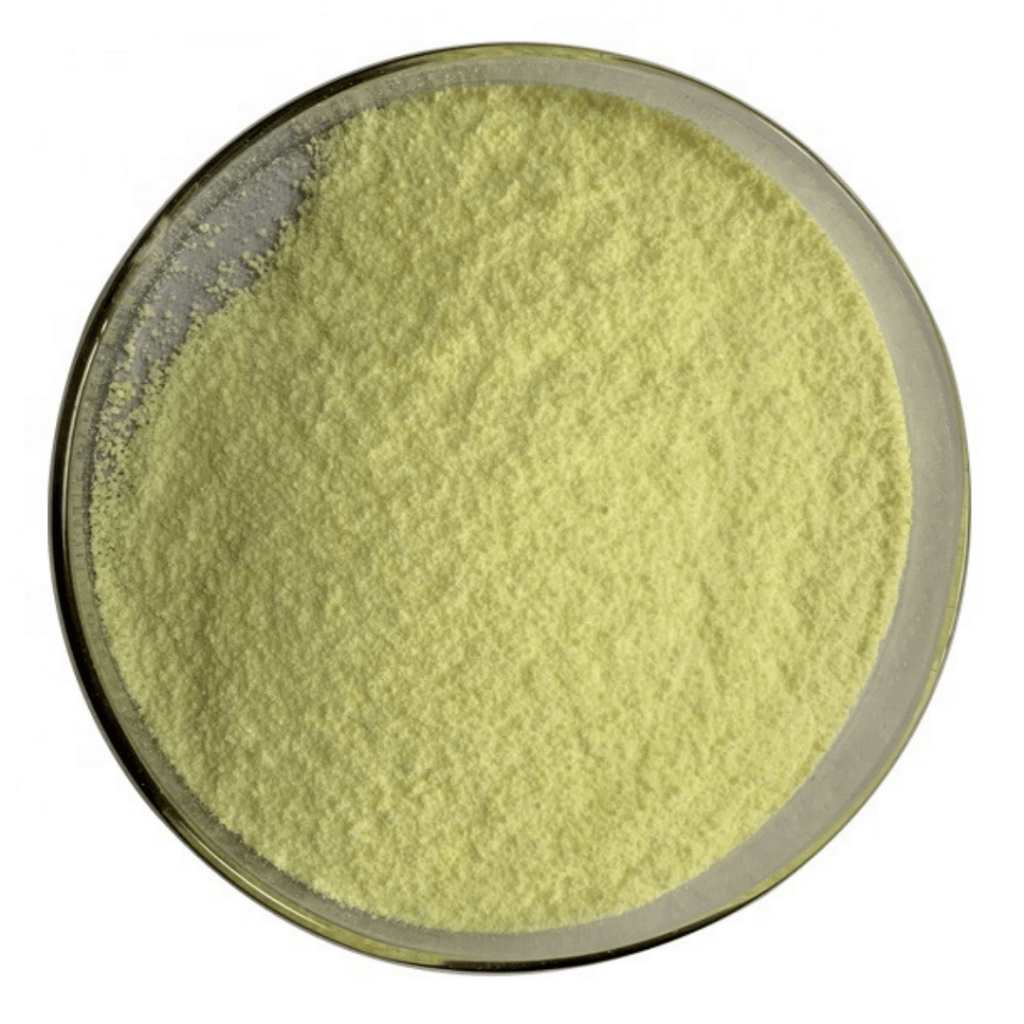
Vitamin A
Vitamin A is a fat-soluble vitamin, an organic compound, stable to heat, acid, and alkali, and easily oxidized. Ultraviolet rays can promote its oxidative damage. Vitamin A includes A1 and A2, A1 is retinol. Vitamin A2 is 3-dehydroretinol, and its physiological activity is 40% of that of vitamin A1.
Vitamin A has various physiological functions such as promoting growth and reproduction, maintaining bones, epithelial tissues, vision, and normal secretion of mucosal epithelium. Vitamin A and its analogues can prevent precancerous lesions.
Deficiency manifests as growth retardation, decreased dark adaptation ability, and night blindness. Dry eye disease occurs due to dryness, desquamation, hyperkeratosis, and reduced lacrimal gland secretion of epidermal and mucosal epithelial cells. In severe cases, corneal softening, perforation, and blindness occur. Respiratory epithelial cells become keratinized and lose cilia, making them less susceptible to infection.
Foods rich in vitamin A include livers of poultry and livestock, egg yolks, and milk powder. Plants do not contain vitamin A, but they do contain the precursor of vitamin A (provitamin A), which is found in red, yellow and dark green vegetables such as carrots and tomatoes. After being absorbed by animals, it can be converted into vitamin A in the mucosa of the small intestine.
Application
1. Nutritional supplements
(1) Visual function.
Maintain good low-light vision.
(2) Maintain the integrity of skin and mucous membranes.
Vitamin A is a coenzyme that regulates glycoprotein synthesis, stabilizes the cell membrane of epithelial cells, and maintains the integrity and function of epithelial cells.
(3) Nuclear hormone-like effects
Vitamin A regulates and controls the activation and expression of messenger RNA in the nucleus through retinoid receptors in the nucleus. Regulates cell division and differentiation.
(3.1) Maintain and promote immune function
(3.2) Promote growth and development and maintain reproductive function
(3.3) Confrontation with vitamin D activity and impact on bone metabolism
Vitamin A deficiency can reduce the number of osteoclasts and control the function of osteoblasts, leading to excessive periosteal bone hyperplasia and smaller bone cavities. Excessive vitamin A can stimulate bone resorption and inhibit bone re-formation. The effects of vitamin A deficiency and excess on bone metabolism may be related to its opposition to vitamin D activity.
(3.4) Anti-cell proliferation effect
Vitamin A and its isomers can promote terminal differentiation, inhibit proliferation, and promote apoptosis. This effect plays a role in tumors during the malignant transformation of tissues.
(3.5) Promote hemoglobin production and increase iron intake from food
2. Feed additives
